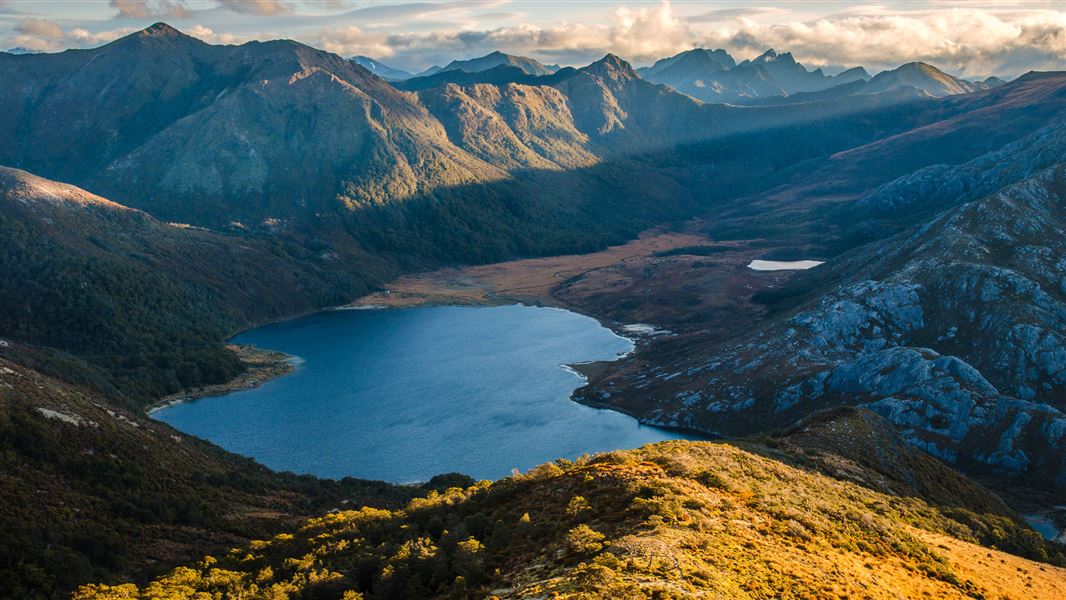
Located in Kahurangi National Park in the Nelson/Tasman region
Introduction
The route links the Aorere and Cobb valleys in Golden Bay. It is unmarked and suitable for trampers with a high degree of fitness and off-track experience.Stay safe in the outdoors
- Choose the right trip for you. Learn about the route and make sure you have the skills for it.
- Understand the weather. Check weather forecasts.
- Pack warm clothes and extra food. Check gear lists.
- Share your plans and take ways to get help. Share directly or use the Outdoor Intentions form or Plan My Walk. Take a distress beacon.
- Take care of yourself and each other.